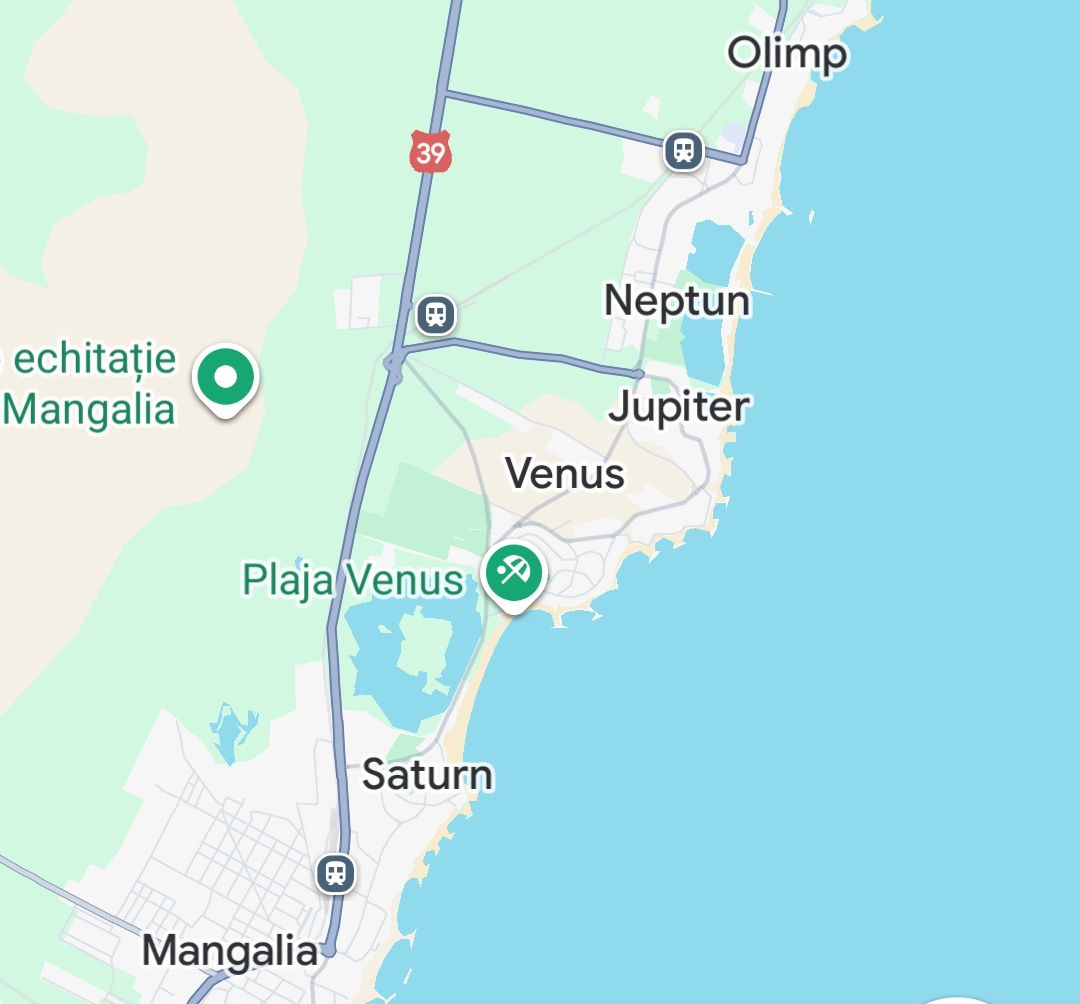Geographical Map of Romania's Unique Attractions


David Chen
Data Visualization Specialist
David Chen is an expert in transforming complex geographic datasets into compelling visual narratives. He combines his background in computer science ...
Geographic Analysis
What This Map Shows
This map provides a detailed overview of some of the most interesting and unique attractions in Romania. From historical landmarks to natural wonders, the visualization highlights locations that capture the essence of Romania's rich cultural heritage and stunning landscapes. As you explore this map, you'll notice a variety of points of interest, including castles, natural parks, and UNESCO World Heritage Sites. Each of these destinations tells a story about Romania's past and present, making it a perfect subject for geography enthusiasts and travelers alike.
Deep Dive into Romania's Unique Attractions
Romania is a country steeped in history and brimming with natural beauty. The unique attractions highlighted on the map range from ancient castles to breathtaking mountains, each representing a different facet of Romanian culture and geography. One of the most iconic sites is Bran Castle, often referred to as Dracula’s Castle, which draws thousands of tourists each year. This 14th-century fortress, nestled in the Carpathian Mountains, is not only a popular tourist destination but also a significant piece of Romanian folklore and history.
Interestingly, the map also points out the Painted Monasteries of Bukovina, a UNESCO World Heritage Site. These monasteries are famous for their stunning frescoes that adorn the exterior walls, showcasing biblical scenes and local saints. The unique artistic style and historical importance of these sites make them a must-see for anyone interested in Romania's cultural landscape.
Moreover, Romania's natural beauty cannot be overlooked. The Danube Delta, another highlighted area on the map, is the second-largest river delta in Europe and a biosphere reserve that hosts a rich diversity of wildlife. It serves as a critical habitat for many bird species and offers a unique ecosystem that is vital for environmental conservation. Have you ever wondered how such a diverse range of species can thrive in one area? The answer lies in the delta's complex network of waterways and wetlands, which provide essential resources for both flora and fauna.
Regional Analysis
Breaking down the map by regions reveals fascinating contrasts in Romania's attractions. For instance, in Transylvania, you will find a mix of medieval architecture and stunning natural landscapes. Cities like Sibiu and Cluj-Napoca offer vibrant cultural experiences, while the surrounding hills and mountains invite outdoor enthusiasts for hiking and skiing.
On the other hand, in the northern region of Maramureș, you encounter traditional wooden churches and a lifestyle that has remained largely unchanged for centuries. The architecture here reflects a deep connection to the land and the local customs, which is a stark contrast to the modernity found in cities like Bucharest. Interestingly, the map underscores these regional differences, highlighting how geography shapes cultural identity and tourism in Romania.
Significance and Impact
Understanding Romania's unique attractions is not just about appreciating their beauty; it also highlights their significance in terms of tourism and local economies. These sites draw millions of visitors annually, contributing significantly to the national economy. The preservation of these sites is crucial, not only for cultural heritage but also for environmental sustainability. As tourism continues to grow, the challenge lies in balancing visitor numbers with the need to protect these treasures.
Moreover, as global interest in sustainable travel increases, Romania has the opportunity to promote its natural and cultural heritage in a way that respects both the environment and local communities. Current trends indicate a growing awareness of responsible tourism, and Romania's unique attractions are well-positioned to benefit from this shift. Future projections suggest that as more travelers seek authentic experiences, Romania's diverse offerings will continue to attract attention on the global stage.
In summary, the geographical map of Romania's unique attractions serves as more than just a guide; it is a testament to the country's rich tapestry of history, culture, and natural beauty. By exploring these sites, we not only appreciate their individual stories but also gain insight into the broader narrative of Romania as a whole.
Visualization Details
- Published
- October 3, 2025
- Views
- 46
Comments
Loading comments...